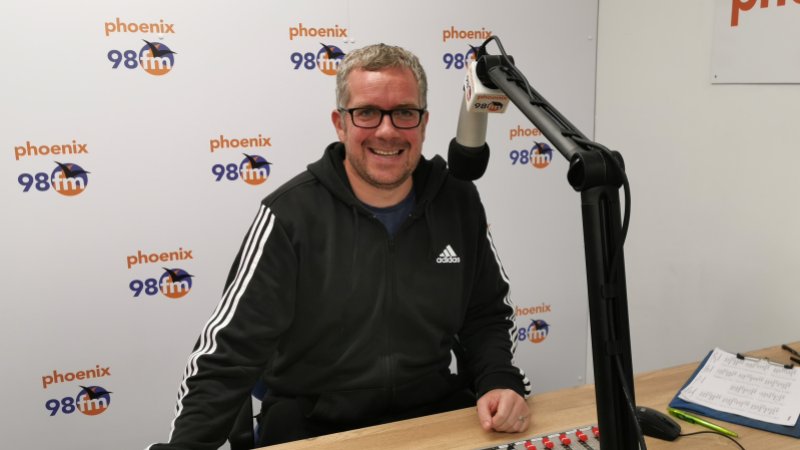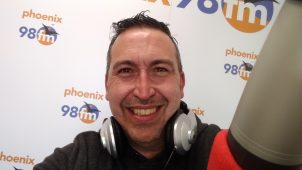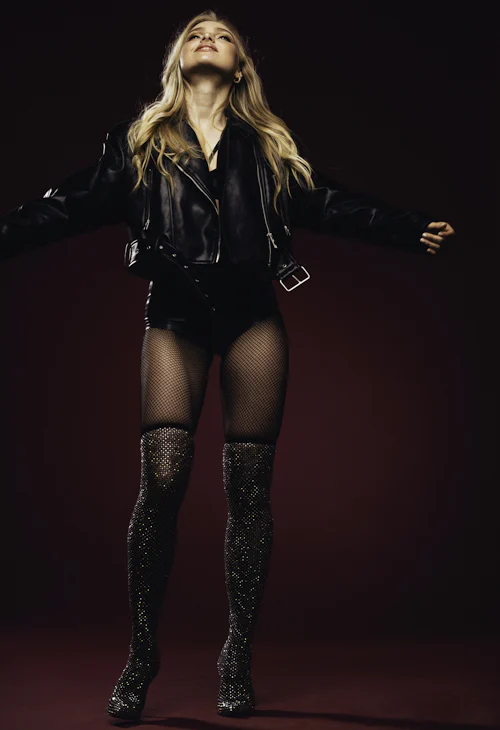In recent years, the growing opioid epidemic in the U.S. has been receiving much media attention. The problem of opioid abuse started in the early 1900s, but it is only in the last few decades or so that health complications and overdoses have risen dramatically.
A study conducted by the University of Southern California found out that the U.S. has had the highest drug overdose death rates among a group of high-income countries for a whole decade. The U.S. rates are 3.5 times higher on average in comparison with 17 developed counties. A study author Jessica Ho, assistant professor at the USC Leonard Davis School of Gerontology, said that the country “is experiencing a drug overdose epidemic of an unprecedented magnitude”.
What Is the Epidemic Scale?
A drug help hotline Addiction Resource is one of the services that help to struggle with substance abuse consequences. It’s a toll-free and anonymous line that has a major purpose of providing information related to addiction and treatment.
People addicted to illicit or prescription drugs or those who have an addictive family member or friend can call the drug hotline number and get to know more about substance use and treatment facilities. This is the best option for those who are not ready to discuss their problem with close people. If more people start using them, many deaths will be prevented.
According to the latest release of the Centers for Disease Control and Prevention (CDC), an estimated 69,029 people died of a drug overdose during the one year period ending in February 2019. The majority died because of opioid abuse, either heroin or prescription medications.
In fact, nearly 7 out of 10 (67.8%) overdose deaths involved opioids. 47% of them were due to fentanyl and other synthetic opioids except for methadone. 23% were caused by cocaine, and 22% were due to heroin. About 20% of overdose deaths were due to methamphetamine and other psychostimulants.
Judging by history, the epidemic constantly grows. According to a recent research, deaths from unintentional (accidental) opioid overdoses and suicides have risen substantially during the time period from 2000 to 2017, while overall rates of suicide and undetermined death have reduced.
Researchers analyzed drug overdose deaths involving analgesic opioids among individuals aged 15 years and older. In 2017, the number of opioid-related deaths totaled 47,506 and included 43,036 unintended deaths, 1884 suicides, and 2586 deaths of undetermined intent (UI).
So, the following patterns between 2000 and 2017 were detected:
-
The age-adjusted opioid-related mortality has grown from 2.20 per 100,000 standard population to 13.21 for accidental deaths.
-
Suicides related to opioids have also increased from 0.27 to 0.58 per 100,000 people.
-
People who committed suicide tend to be older (52 vs. 43 years), female (56% vs. 35%), and white (89% vs. 76%) in comparison with those who died of UI.
-
There were no substantial changes in the rates of mortality due to UI – from 0.51 to 0.79 per 100,000 standard population.
-
The proportion of accidental opioid-involved deaths increased from 73.8% to 90.6%, while suicides declined from 9% to 4% and deaths of UI dropped from 17.2% to 5.4%.
What are The Symptoms of Drug Overdose?
The signs of a drug overdose can vary from person to person. And they also depend on the type of drug abused, and whether it was taken in combination with another substance. Common symptoms of a drug overdose can include:
-
Dilated pupils
-
Loss of balance
-
Pain in the chest
-
Severe headache
-
Shallow, irregular, or no breathing
-
Abnormally fast or slow heartbeat
-
Loud or unusual snoring or gurgling sounds
-
Blue lips or fingers
-
Nausea
-
Vomiting
-
Increased body temperature
-
Aggression or violence
-
Hallucinations
-
Extreme panic or agitation
-
Convulsions or tremors
-
Seizures
-
Passing out or unconsciousness
-
Death.
A person may not experience all or even most of the listed signs, but even a few of them can indicate that the person has overdosed on drugs. If you know the individual’s drug of choice, then call an addiction helpline to find out the physical and psychological features of a certain type of drug overdose. Also, you can get the numbers of several rehabilitation centers near you. You’ll need to call a rehab hotline if you manage to persuade the person to undergo treatment.
What to Do in Case of a Drug Overdose?
If you suspect that someone has overdosed on drugs, seeking immediate medical help is a priority. Call 999 / 911 a.s.a.p.
You may make a few of the actions while waiting for the ambulance to arrive. However, don’t put your own safety at risk as some types of drugs can provoke violent and unpredictable behavior in the user.
-
Return the person to consciousness by clapping cheeks or rubbing the ears.
-
Ask what type of drug he/she has taken, what the dose was, and when he/she has taken it. Tell this to medical personnel when they arrive. Correct information will expedite first aid and can save a life.
-
Keep asking questions to keep them conscious and engaged. The question should be simple, such as “What is the capital of the country?” or “What is your mother’s name?”
-
If you find prescription medications or another labeled substance that has been used, take it with you to the Emergency Room, even if the container is empty.
-
Check the person’s breathing. If it’s absent, turn him/her on their side.
-
If you’re medically qualified to provide CPR and it’s necessary, do it.
-
Provide first aid as guided by overdose hotlinerehab number or 911 operators.
-
Don’t allow the person to use more substance they have overdosed on.
-
Don’t panic.
-
Assure the person that help is on the way.
Timely and effective treatment of substance use disorder can significantly prevent the possibility and outcomes of a drug overdose. Addiction rehabs offer inpatient and outpatient treatment programs to anyone who is struggling with addiction.


























